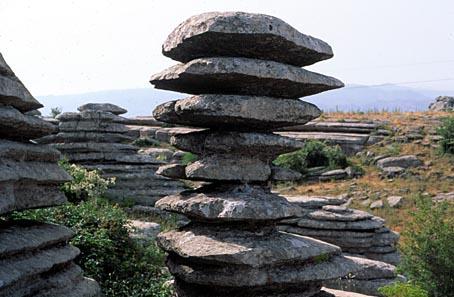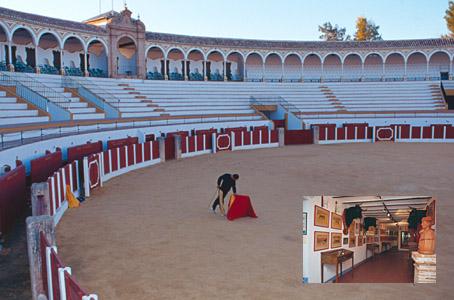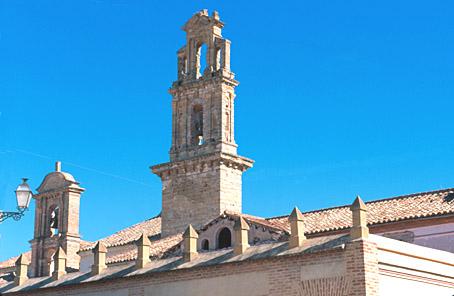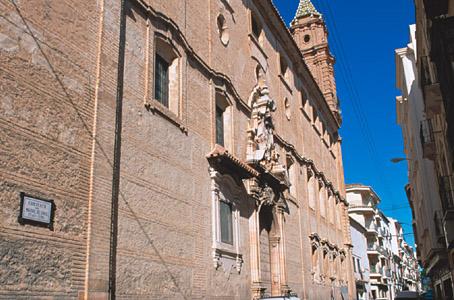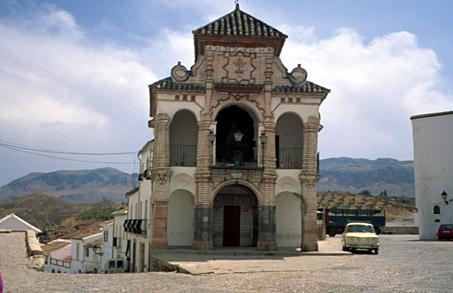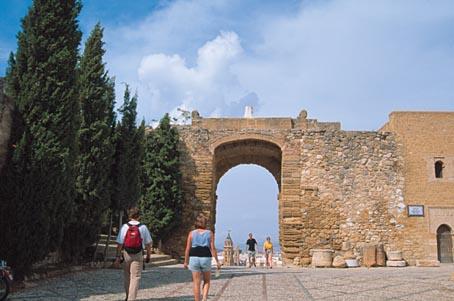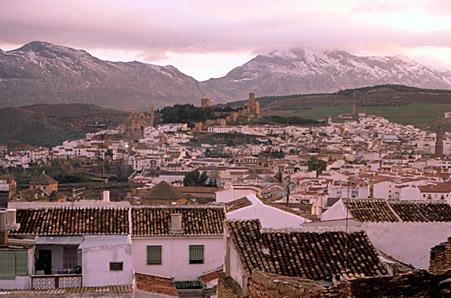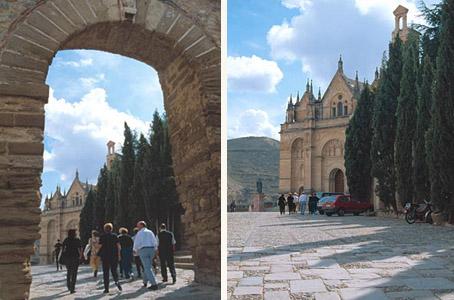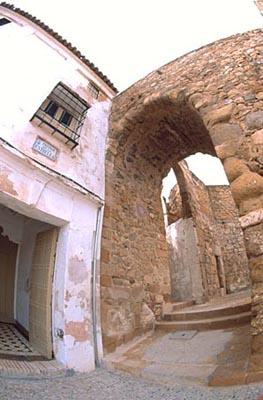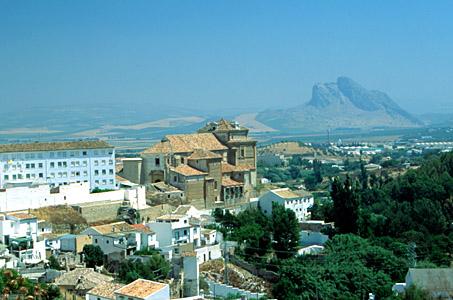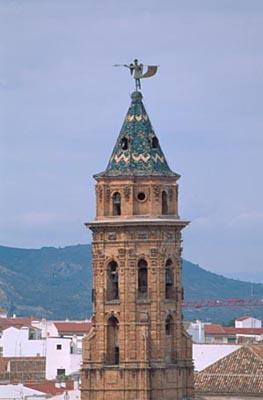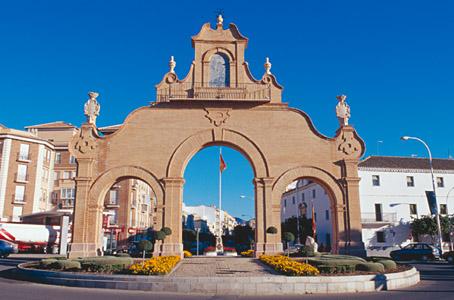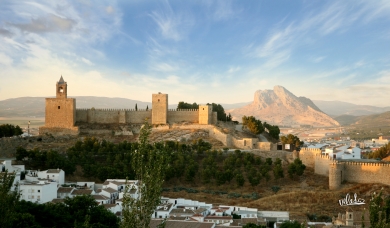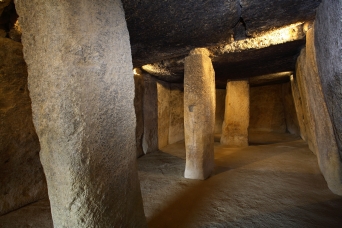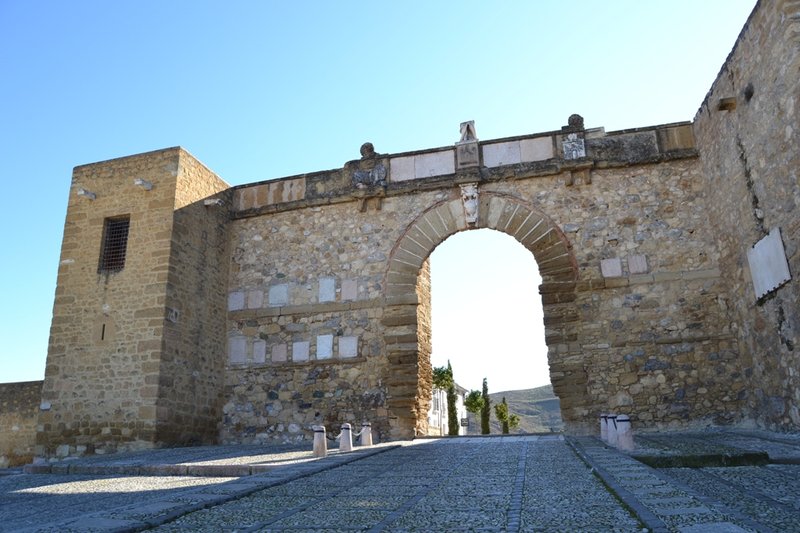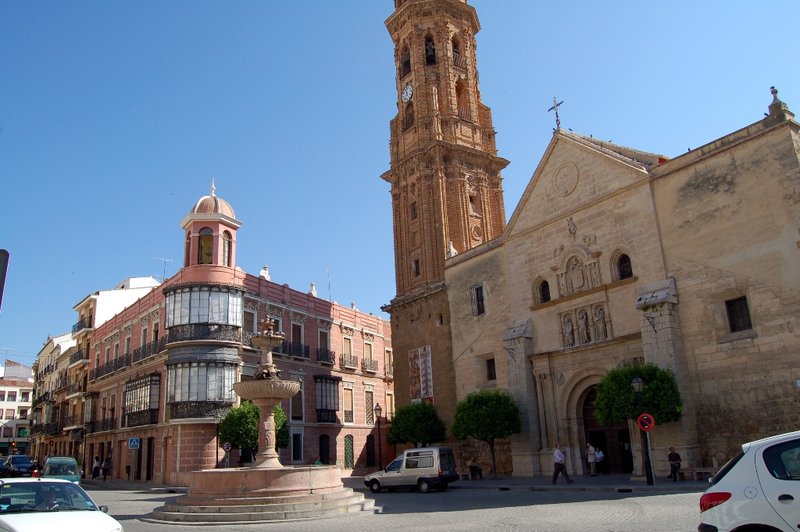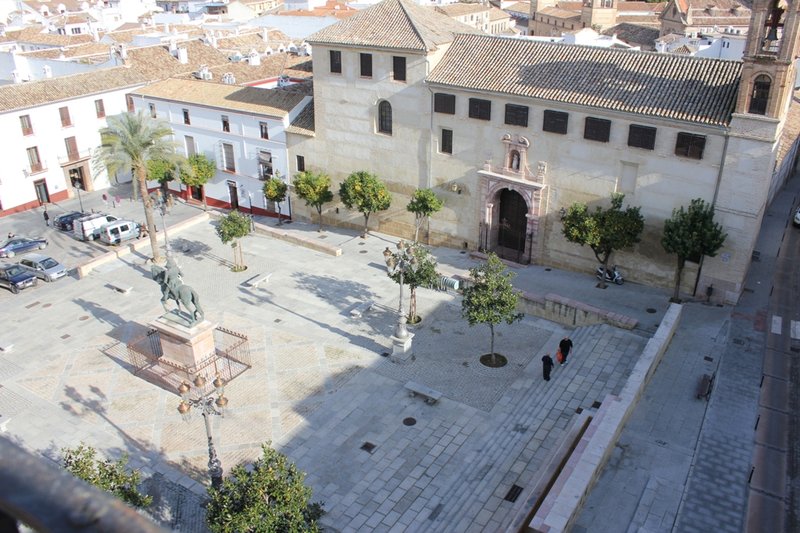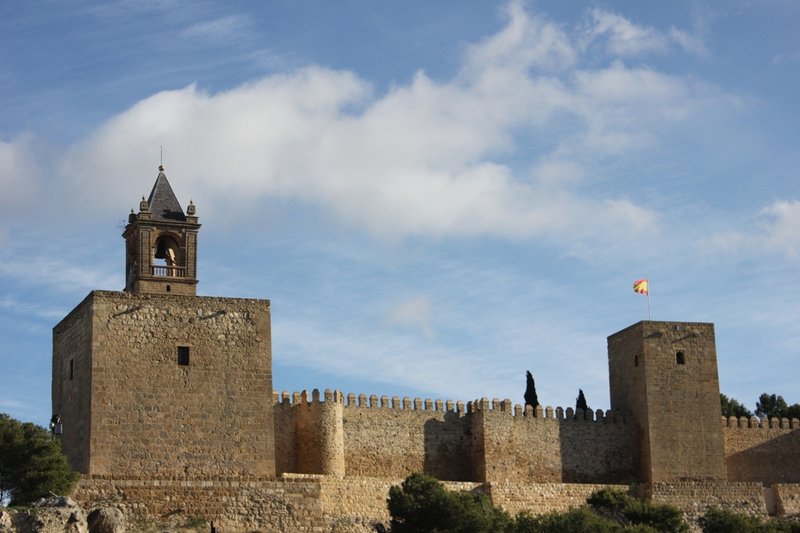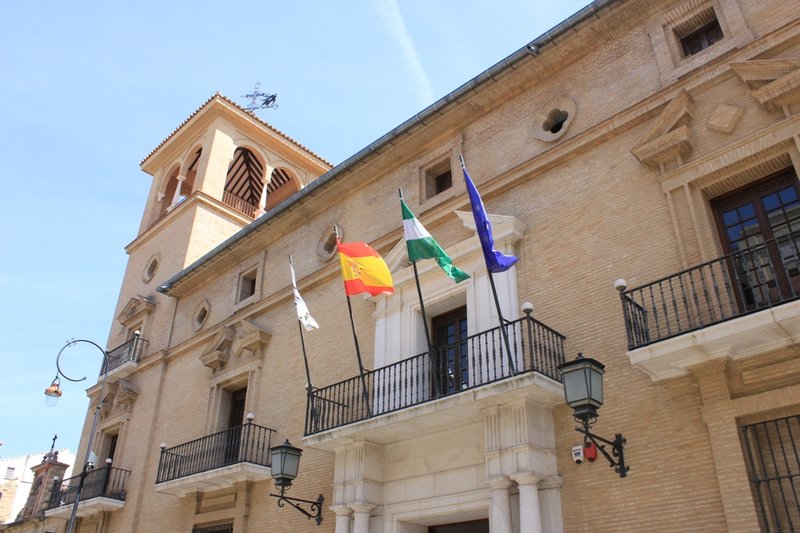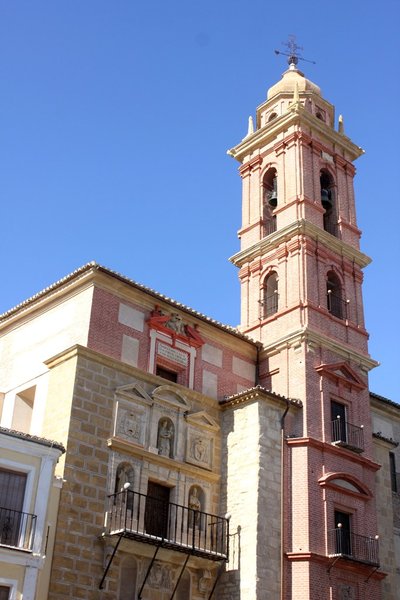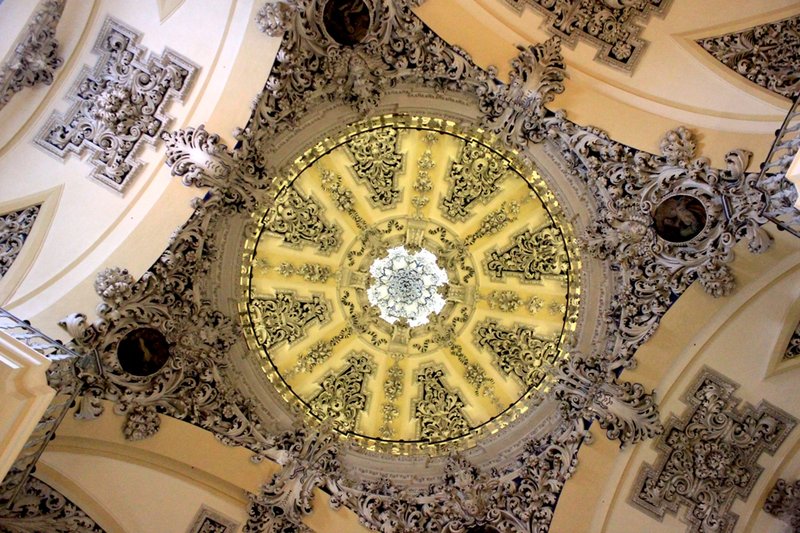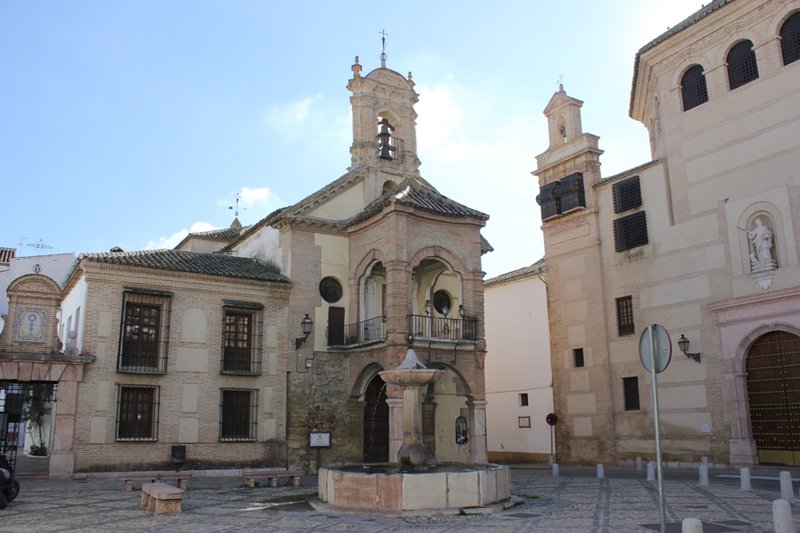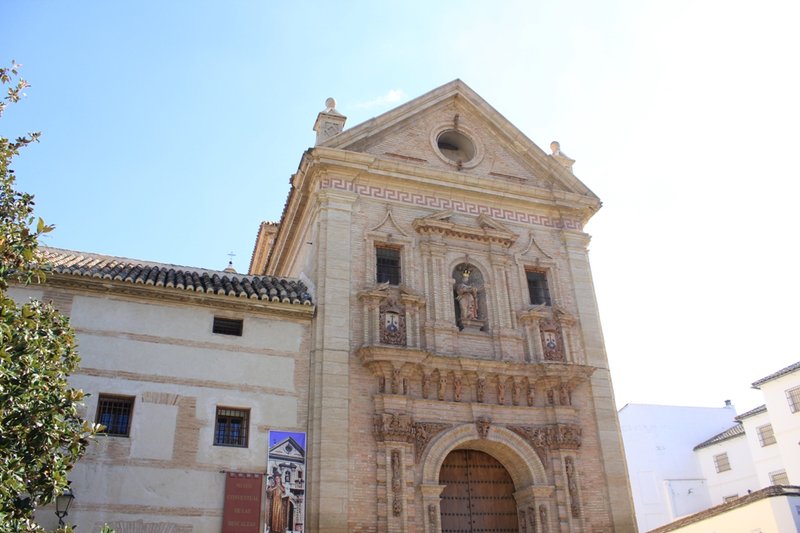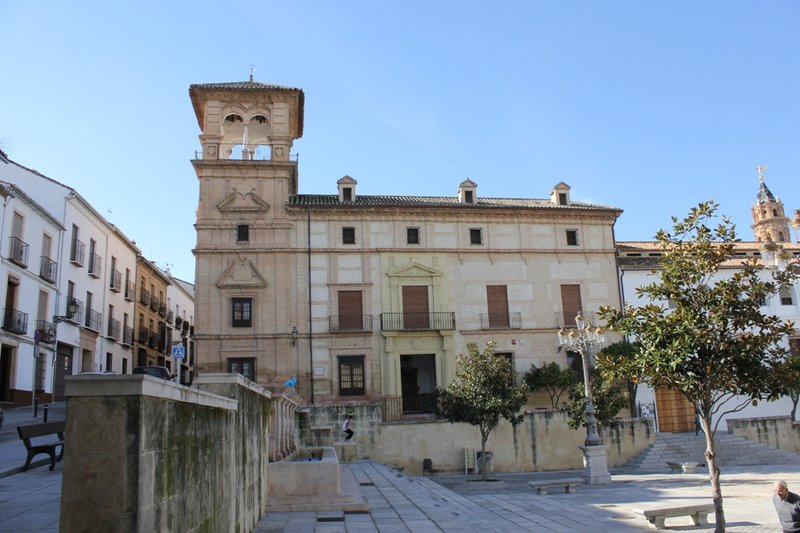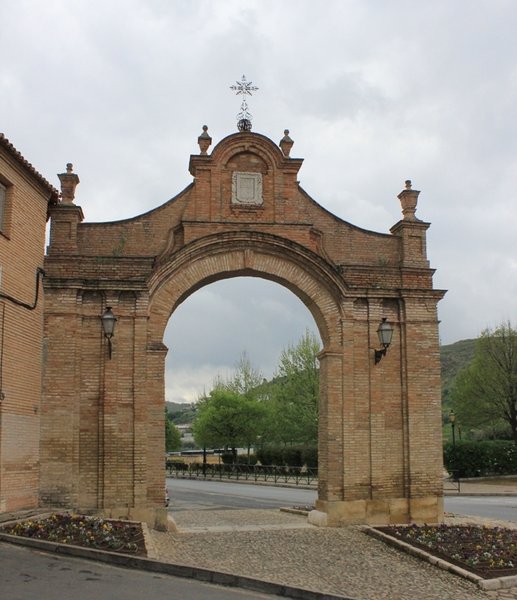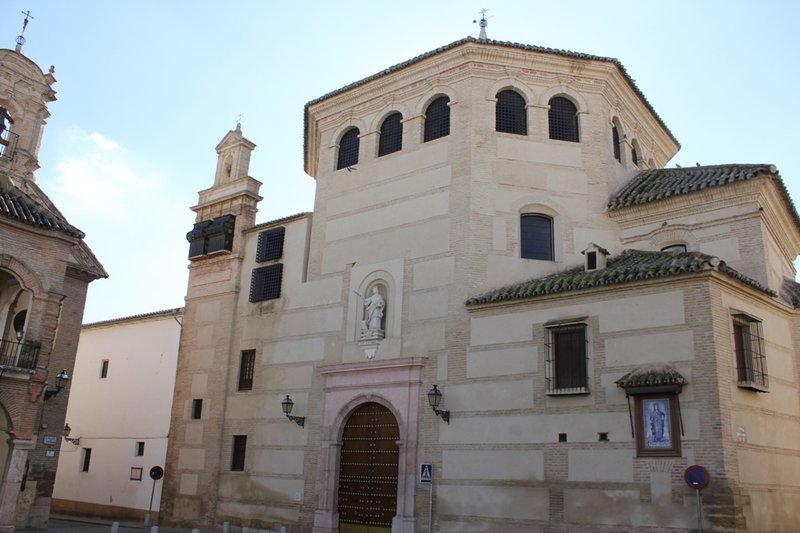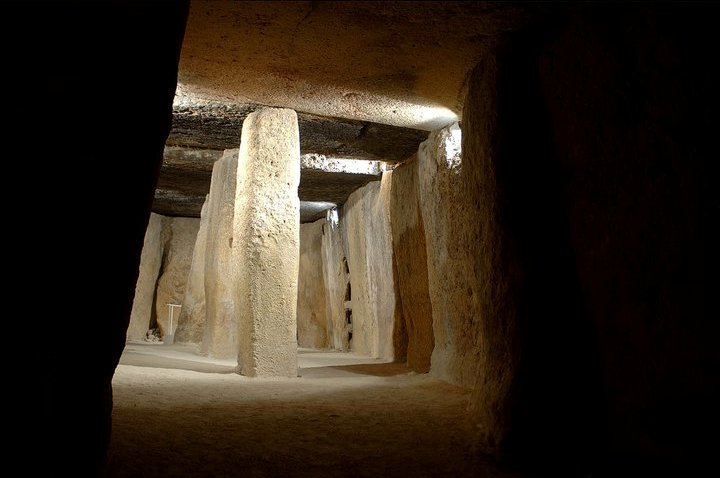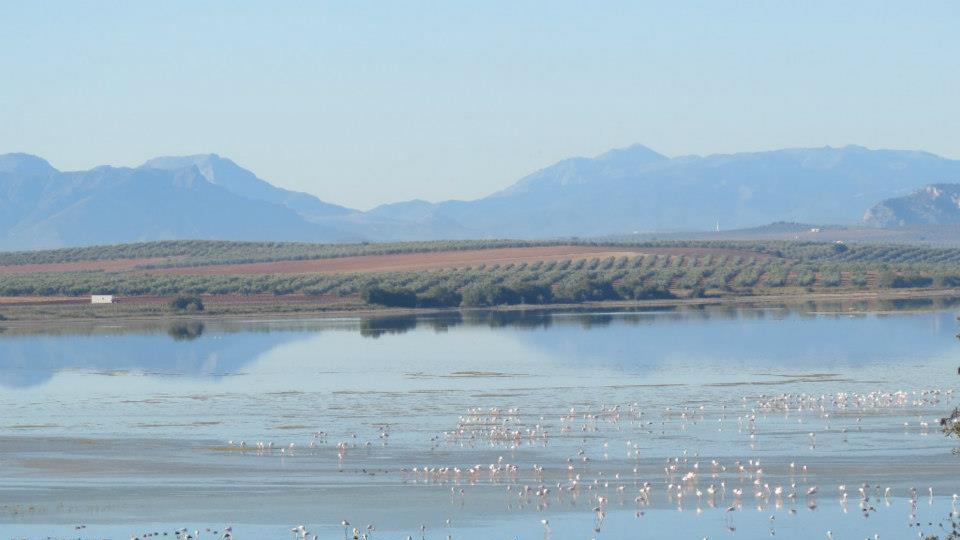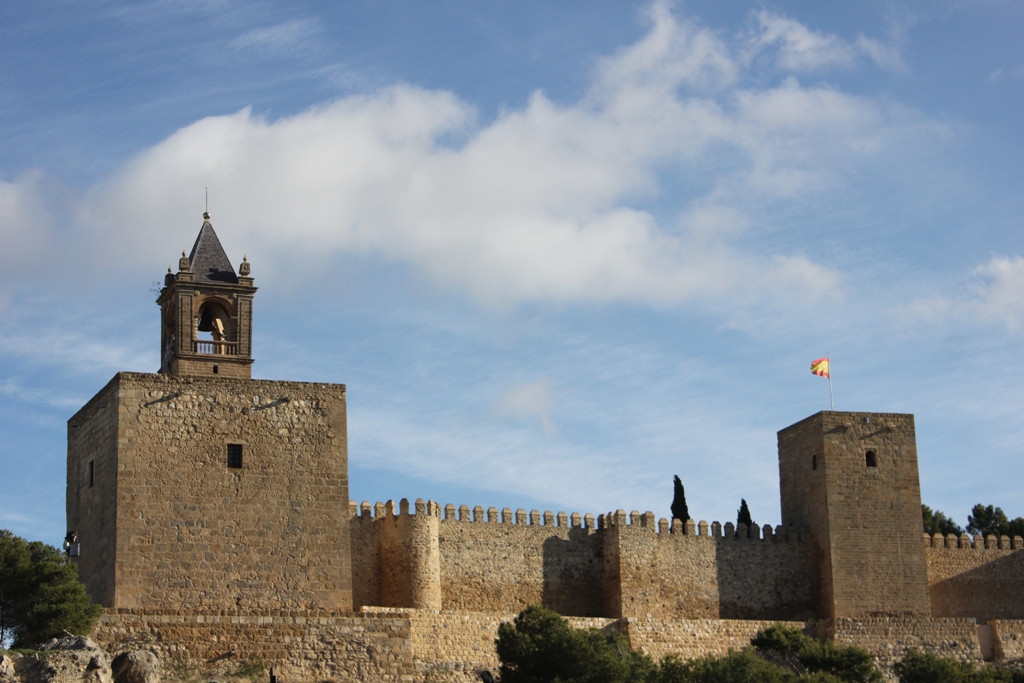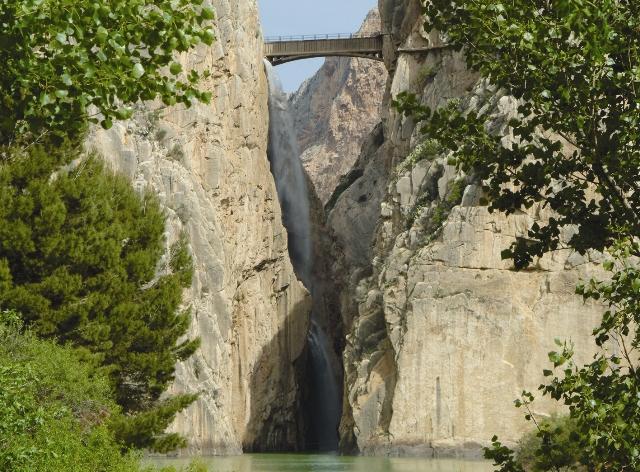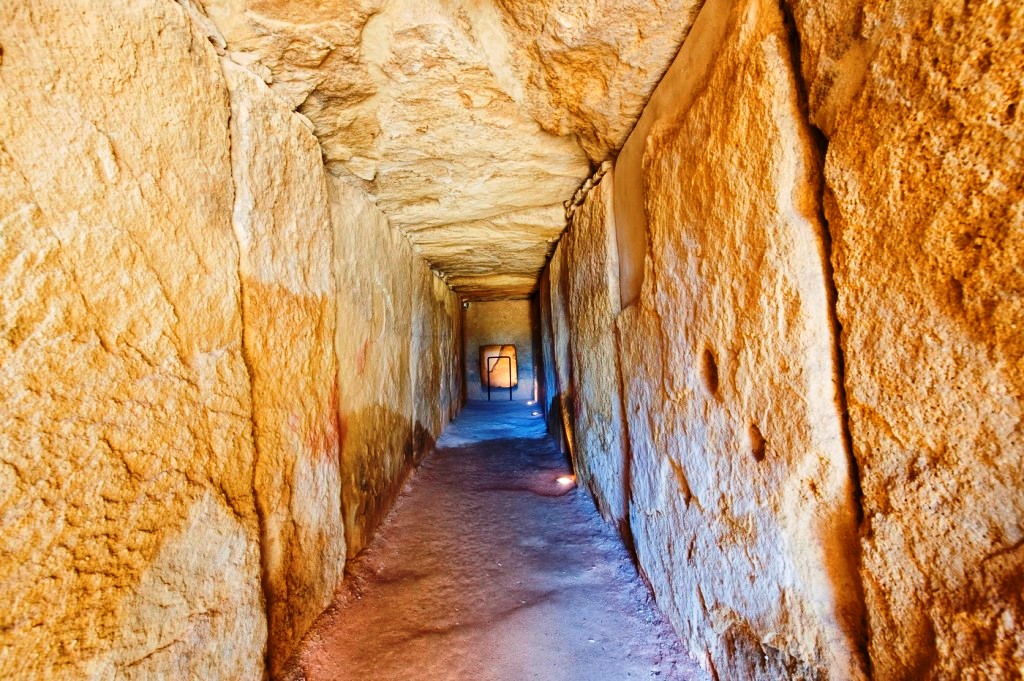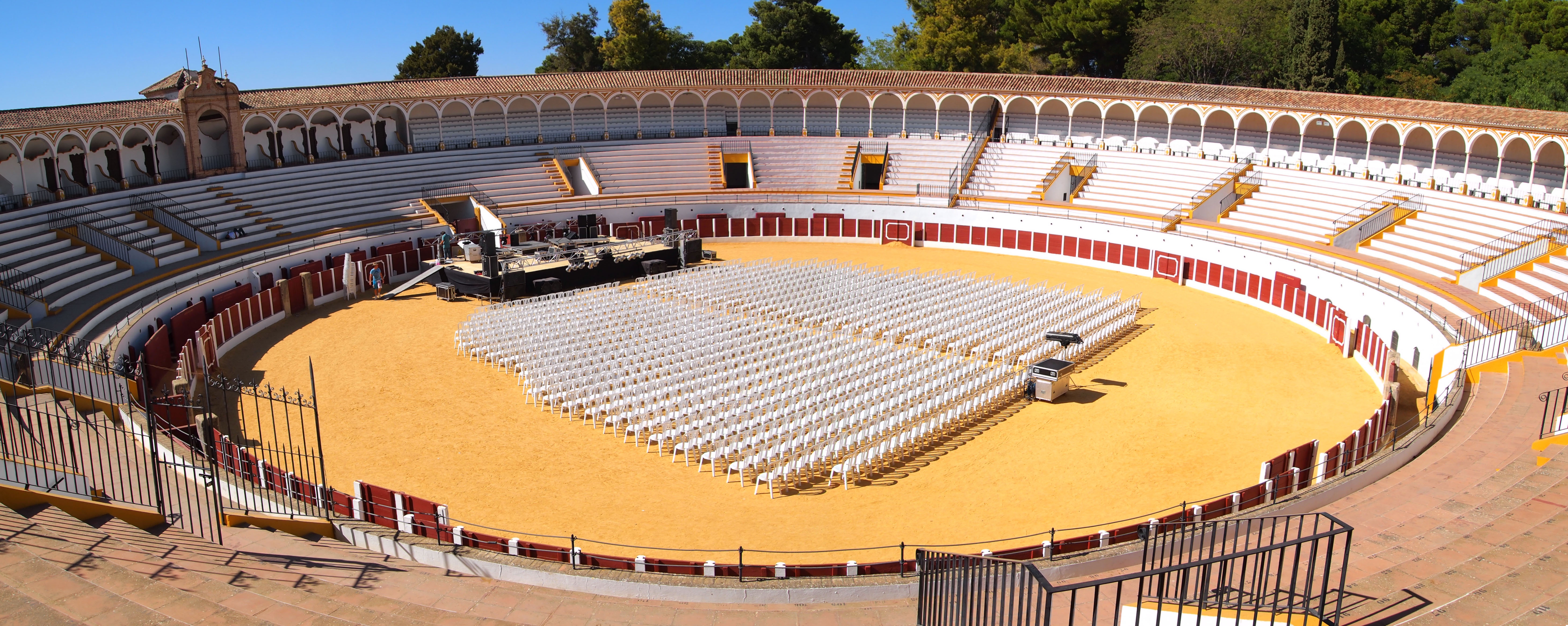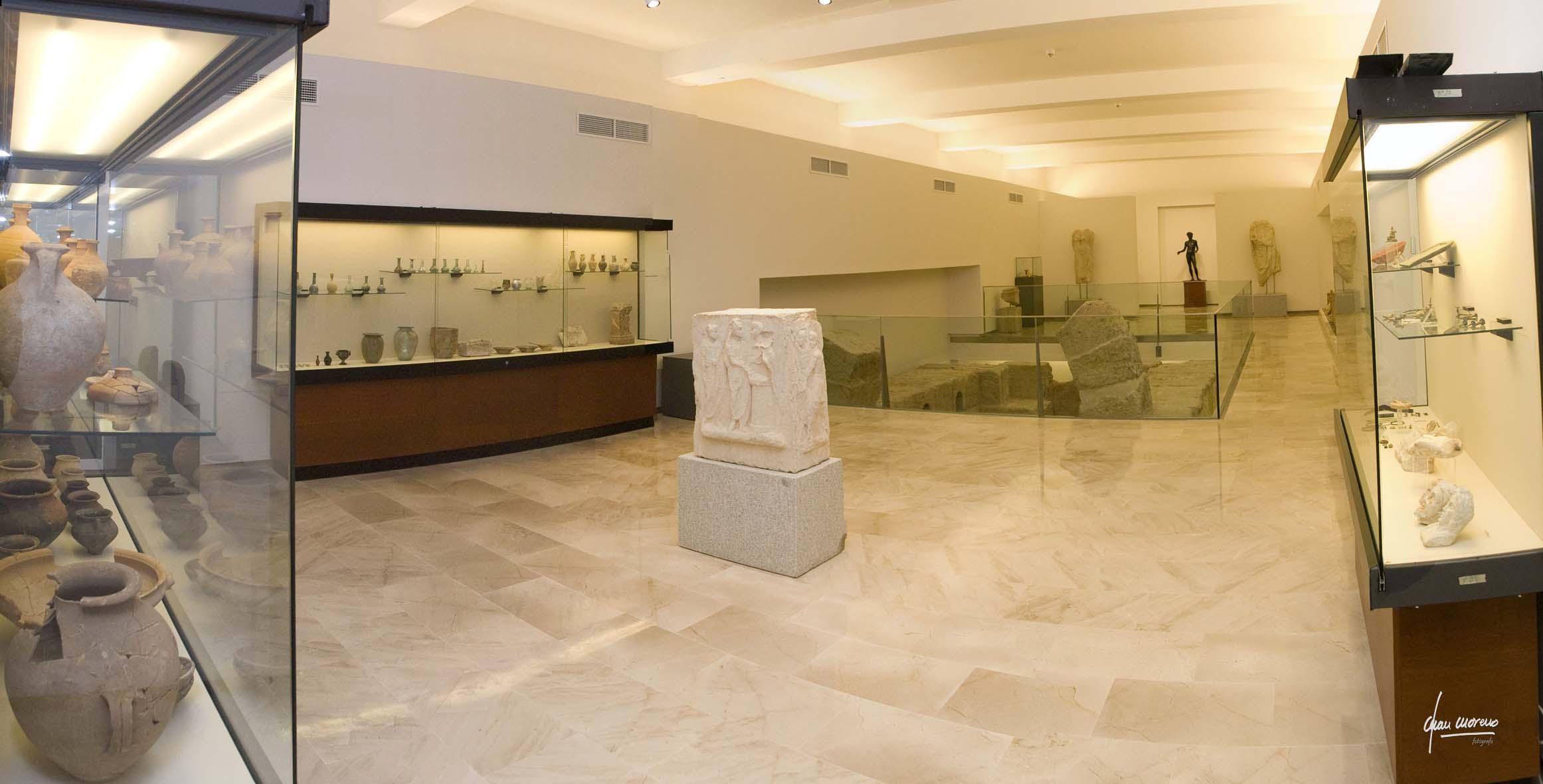Antequera

Without doubt one of Andalusía's most important cities, a constant reference to the history, art, politics, culture, or economy of our region. This is the largest municipality in the province, taken up mainly by a very fertile plain where olive trees and cereals grow, surrounded by overlooked by the Sierras de El Torcal and the Arco Calizo Centra (Central Limestone Arch). The Peña de los Enamorados (Lovers' Meeting Point), source of numerous myths and legends, majestically looks over the town.
It privileged geographical location, in the historical communication corridor between Upper and Lower Andalusía, has historically provided it with great cultural and economic riches, such as the numerous archaeological remains of various periods discovered on the territory. The Dolmens of El Romeral, Viera and Menga, the Efebo of Antequera (Ephebe of Antequera) and many other pieces in the City Museum are good examples of this.
Antequera stretches out over the slopes of a hill at the foot of the Sierra de El Torcal (Torcal Mountains) in a network of streets of different character according to the historical period of their construction, dotted with countless monuments of interest: The Monuments complex of La Alcazaba, the Arco de los Gigantes, the Collegiate of Santa María, the Collegate of San Sebastián, the Arco del Nazareno, the Palace of Nájera, the Convent of San José, the Palace of the Marqueses de la Peña, the Saint Eufemia Copvent, the Santiago Church, the Basílica of Santo Domingo, etc.
And of course a true monument of nature, El Torcal, a true natural wonder, declared a protected site by the Andalusian government and whose visit is a must.
History
The Romans called it Antikaria, meaning "ancient", a name modified to Antaqira by the Arabs.
Since time immemorial, it has been settled by different cultures and peoples.
From prehistoric times, specifically the Bronze Age, the area boasts important sites such as the dolmens at Menga, Viera and el Romeral, considered to be Europe"s most significant collection of such stones.
In addition to the growth of Antikaria, the Roman era also saw the development of Singilia Barba, the remains of which are located five kilometres from Antequera.
Important examples of military architecture remain from the Moslem period: Papabellotas Castle, the Malaga, El Agua and La Estrella Gates and remains of the old town walls. Antequera was conquered by the Infante Don Ferdinand of Antequera in 1410 and, henceforth, it became a border town between the Kingdoms of Castile and Granada.
During the Christian conquest, it was used as a base from which to launch offensives against the Kingdom of Granada.
Following the conquest of Granada by the Catholic Monarchs, Antequera underwent a population boom and significant urban development.
The 16th century was the town's golden age, with its commercial and agricultural activities accompanied by significant cultural development.
The 17th and 18th centuries are notable for artistic reasons. Most of the town's convents, palaces and stately homes were built in this period.
The 19th century brought an abrupt halt to all of the town's activities.
The 20th century has seen an important renovation of the town's buildings, most of which have been maintained and restored.
Eminent citizens
Pedro Espinosa, writer and poet.
Toral Ruiz, painter.

What territory do you want to visit?
Events



